Prince Harry recently opened up about his journey with post-traumatic stress disorder following the loss of his mother, Princess Diana. In a candid discussion, he revealed his exploration of a groundbreaking therapy that helped him.
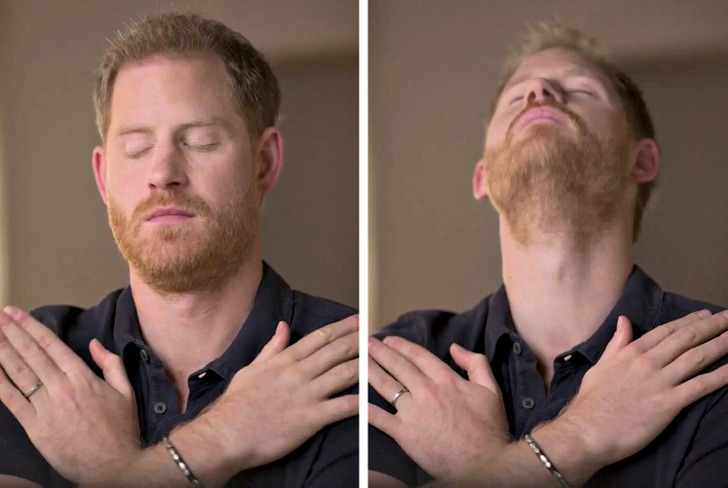
The therapy is called eye movement desensitization and reprocessing (EMDR) to address the debilitating effects of his anxiety attacks. This revelation offers a glimpse into the royal’s personal struggles and his proactive approach towards mental health care, shedding light on the significance of seeking innovative treatments of traumas.
In a video, Prince Harry can be seen undergoing EMDR therapy, where he taps his shoulders and moves his eyes rapidly. This therapy is relatively new and is used to treat PTSD. Prince Harry shared that he decided to try EMDR to deal with severe anxiety attacks he was experiencing.
Prince Harry mentioned that he was open to trying EMDR because of the therapy and work he had done over the years.
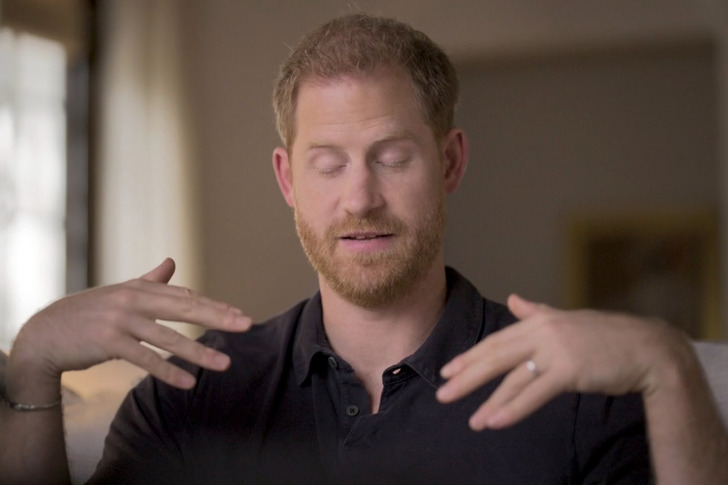
During a therapy session with UK-based psychotherapist Sanja Oakley, Prince Harry demonstrated how EMDR helped him feel better about returning home. He described feeling scared and helpless before, but the therapy helped him cope with those feelings.
Prince Harry’s openness about his experience with EMDR therapy sheds light on alternative treatments for post-traumatic disorder and mental health struggles. It shows that seeking help and trying different therapies can make a difference in managing mental health conditions.
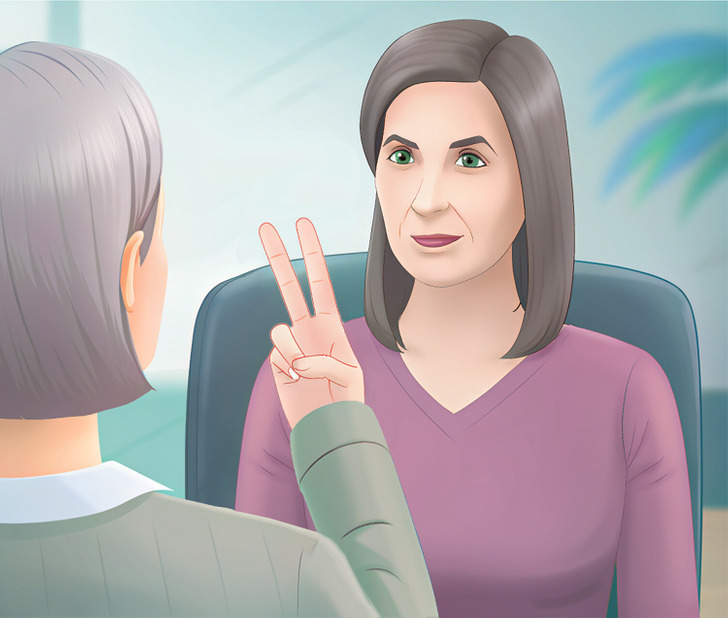
EMDR is a therapy made in 1987 to help with emotional traumas. It’s a structured therapy where you think about a tough memory while moving your eyes back and forth. This helps lessen the strong feelings tied to the memory.
EMDR works on a theory called Adaptive Information Processing (AIP). It says that trauma sticks around because it hasn’t been dealt with properly. So, when something reminds you of the trauma, those memories can come back strongly.
Unlike other therapies that try to lessen your reaction to trauma, EMDR tries to change how your brain stores those tough memories. Sometimes, instead of eye movements, you might listen to alternating tones. Usually, EMDR happens once or twice a week for about six to 12 sessions. But it can vary depending on the person.
Benefits of EMDR therapy
- EMDR is a structured therapy and usually needs fewer sessions than ongoing therapies.
- You don’t have to keep going back to the tough memory for a long time.
- You don’t have to talk a lot about what happened to you.
- There’s no homework to do.
- EMDR doesn’t try to change your thoughts and beliefs.
Disadvantages of EMDR therapy
- While EMDR is known to help with PTSD, it hasn’t been studied as much for other mood or mental health problems.
- If you’re avoiding talking about a tough event, EMDR might not be the best choice. Other types of talk therapy might work better.
- EMDR can sometimes make you feel worse at the start of treatment. The person who created EMDR warns that this could be dangerous for people who have gone through really tough things.
The process of EMDR
EMDR is a structured process with eight phases, each aimed at helping you deal with traumatic memories:
- History taking: Discuss your past with the therapist to identify which memories to focus on.
- Preparation: Learn about EMDR and how the therapist will use bilateral stimulation.
- Assessment: Identify your negative and positive beliefs related to the trauma.
- Desensitization: Use bilateral stimulation while recalling the memory.
- Installation: Focus on positive beliefs while processing the memory.
- Body scan: Talk about how you feel emotionally and physically.
- Closure: Prepare for what may happen between sessions.
- Reevaluation: Assess your progress and decide if more sessions are needed.
As you go through EMDR, you may start feeling less overwhelmed by the trauma. It’s normal for other painful memories to surface, indicating that suppressed memories are being processed.
When grappling with deep emotional traumas, it’s crucial to seek out specialists who can provide the appropriate form of treatment tailored to your needs. Whether it’s EMDR therapy or other therapeutic approaches, finding the right professional can make a significant difference in your healing journey.
Preview photo credit Good Morning America / YouTube
Karate Kid” Star Chad McQueen Passes Away at 63: Heartbreaking Details from His Final Moments
Former actor Chad McQueen has passed away at the age of 63.
Chad McQueen, known for his role as Dutch in the “Karate Kid” movies, died at his ranch in Palm Desert, California.

According to his longtime attorney, Arthur Barens, Chad McQueen died on Wednesday, September 13, 2024, due to organ failure. He was surrounded by his children, his life partner, and his attorney at the time of his passing.

Insiders say that Chad McQueen had sustained an injury a few years ago, which led to gradual organ failure and eventually contributed to his death.
Chad McQueen was a father to Steven, Chase, and Madison McQueen. Steven announced their father’s passing on Instagram with a heartfelt tribute.
He wrote, “His remarkable journey as a loving father to us, along with his unwavering commitment to our mother, truly showed a life filled with love and dedication.”

Steven mentioned that his father, a professional racer, had a huge influence on his life. His own passion for racing not only displayed his exceptional skill but also honored his father’s legacy. This passion mirrored the values that were deeply instilled in Chad McQueen.
Steven added, “He passed his passion, knowledge, and dedication down to us, and we will continue not only his legacy but also our grandfather’s.”
He mentioned that the family is navigating this difficult time and has asked for privacy as they remember and celebrate Chad’s remarkable life.
Users responded to Steven’s post with an outpouring of love and prayers for the family. One user wrote, “Chad will always be missed. Love you guys,” while another fan shared, “Truly heartbroken. He was a kind and caring gentleman.”
Another heartfelt comment read, “Oh my god. Just woke up to this terrible and sad news. I genuinely feel like I’ve lost a member of my own family. I just don’t know what to say other than I’m so blessed to have met him, and my thoughts are with the entire McQueen family. Rest in peace, mate.”
Fans remember Chad as Dutch in “Karate Kid” and its 1986 sequel, “Karate Kid II.” He was the only son of the legendary actor Steve McQueen and admired his father deeply. Chad’s love for motorcycles started early, with his dad introducing him to riding when he was just six years old.
Chad shared, “I started racing at nine. It was our way of bonding and spending weekends together—not throwing a ball around but racing motorcycles. I looked up to my dad and wanted to be as fast as he was.”
Chad admitted he loved racetrack racing despite its risks, noting that he saw people getting hurt or even losing their lives. “I was surrounded by two things: film and motorsports, and motorsports always seemed to attract me more,” he said.
Now, the founder of McQueen Racing has passed away, but his influence on the racing world continues through his fans and his son, who has spoken about the deep impact it had on his own life.
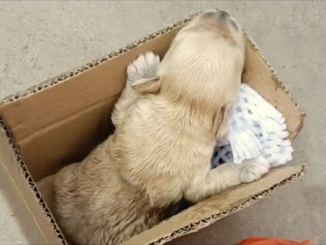
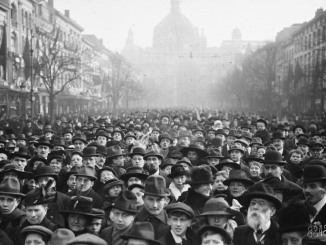
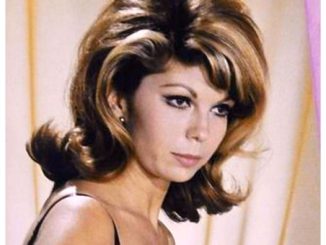
Leave a Reply